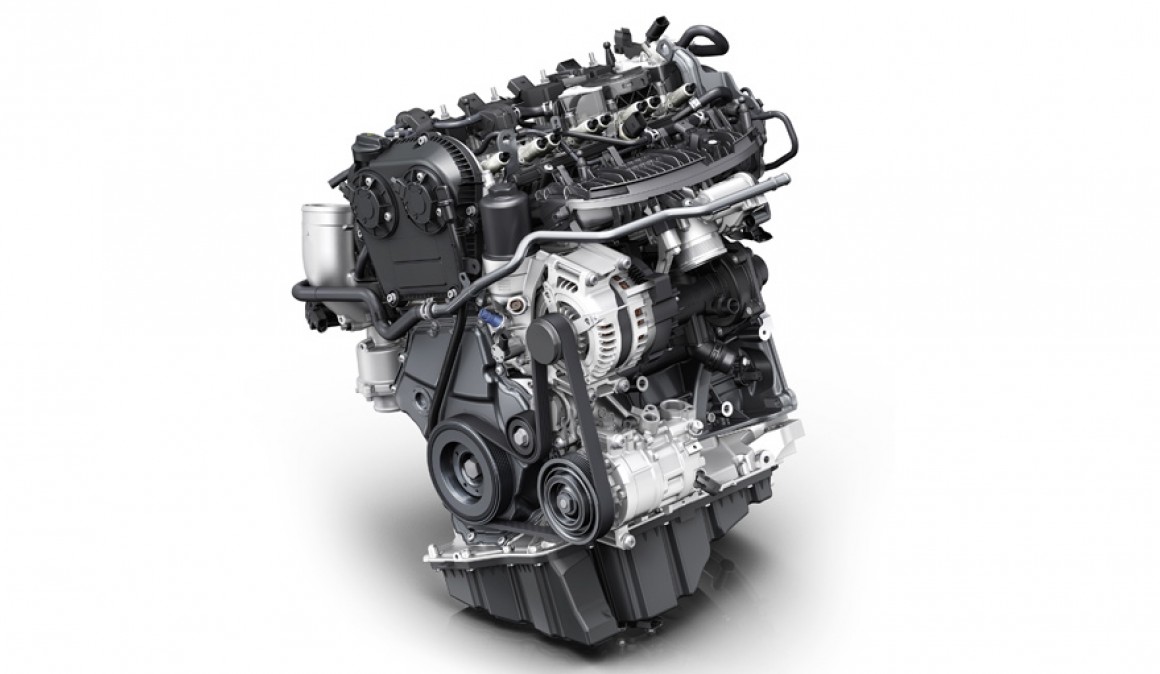New Audi 2.0 TFSI engine cycle Miller
The next Audi A4 will debut a 190 hp 2.0 TFSI petrol, with a new method very similar to Miller combustion cycle. This was announced at the recent Congress of Vienna Motors.
Volkswagen had long since the group let out the "downsizing" (Reduction of displacement maintaining power) was not an infinite path for reducing emissions and consumption. His first delivery of a new chapter in engine design will arrive in the next Audi A4 end 2015, in a 2.0-TFSI with a "common" 190 hp petrol, but with a new method very similar to the Miller cycle combustion. The objective is loss of 5 liters per hundred homologated consumption … and that does not rise as now happens in actual use.
Miller modified cycle
We all know the Diesel cycle and Otto cycles, gasoline. There is one that presents more efficiently using gasoline, called Atkinson cycle, at the expense of higher displacement than normal and worst characteristics of maximum power. Your password is disadvantaging the intake stroke to lengthen the time of expansion, making better use of the work carried out after combustion. So you know, if you say it used cars like the Prius and the new Toyota engines Estec. A more refined version of this cycle (and expensive, to use overfeeding) is Miller cycle, which uses the excess pressure in admission to optimize air exchange in each condition of use. This is what Audi has done.
Gasoline presents a problem facing the oil and that is to inflame need to mix in a certain proportion with air. We can inject very little fuel because we just need power, but if there is much air into the cylinder, will not get inflamed and no power. Therefore, in a gasoline engine, more engine automatically lead to more consumption. Raising Audi alter the amount of air entering into the cylinder actually, despite a high displacement.
known elements, new combination
Playing with the distribution system Variable raised AVS (Already used in other engines for high power or even disable cylinders), shortening the valve opening (140 degrees of crankshaft rotation, instead of 200 degrees) and turbocharger to compensate for the low filling time, gets that high combustion pressures are not created in the cylinder. This prevents dangerous detonation, so they can make a design with a very high compression ratio, which improves performance and thus consumption. As some sports brand, in addition, essential for accurate direct injection combustion, also has upstream injectors, combining direct and indirect injection, to ensure good mixing under unfavorable circumstances. As there is still the A4, they are not homologated figures, but Audi announced that it will lower the 5 l / 100km on its official use. They do not advertise what system provides maximum power of 190 horsepower (not exceed 6,000 rpm), because the goal is to approach features worth Diesel figures with a maximum torque of 320 Nm (32.6 mkg between 1,400 and 4,400 rpm). It does not reach the 400 Nm (or 420 Nm) of the best two-liter diesel, but the value does not decay when they have already asked to step to the next gear. As in the Diesel announce have extended the area of use -high optimal performance and low consumption- a wide speed range, not only to a very specific regime and loads, as in traditional engines Otto, also "downsizing". If the Miller cycle has drawbacks, supplying the firm Continental has secured in the same conference, they can solve them with turbocharger Raax (Radial-axial) and injectors to more pressure. Unfortunately, the picture provided by Audi, interestingly, have drawn the profile in which the turbo is observed.
The new engine announces a weight of 140 kilos, controlled cooling to shorten the heating time and a lubrication system that advocates a low friction oil 0W-20.

